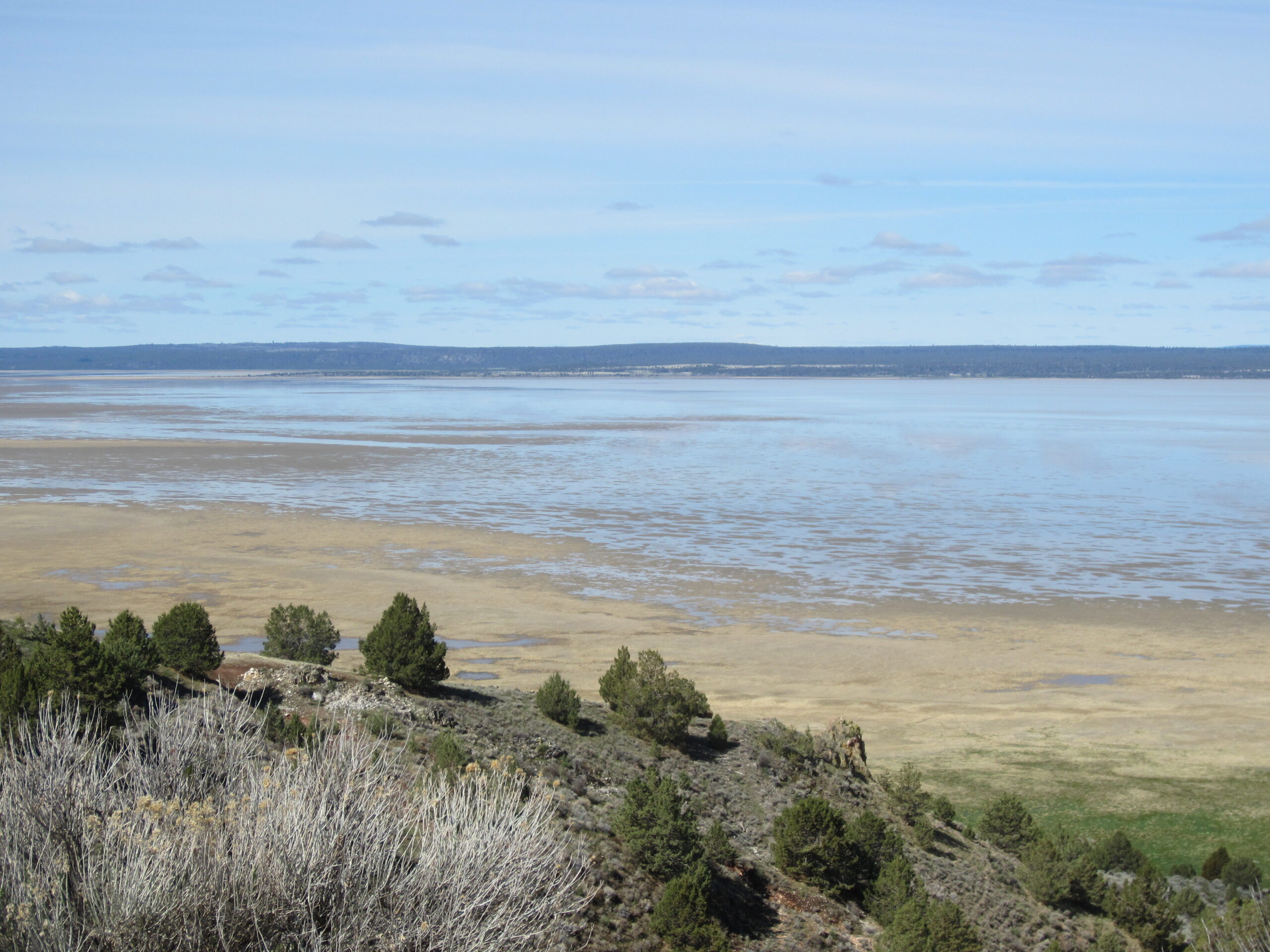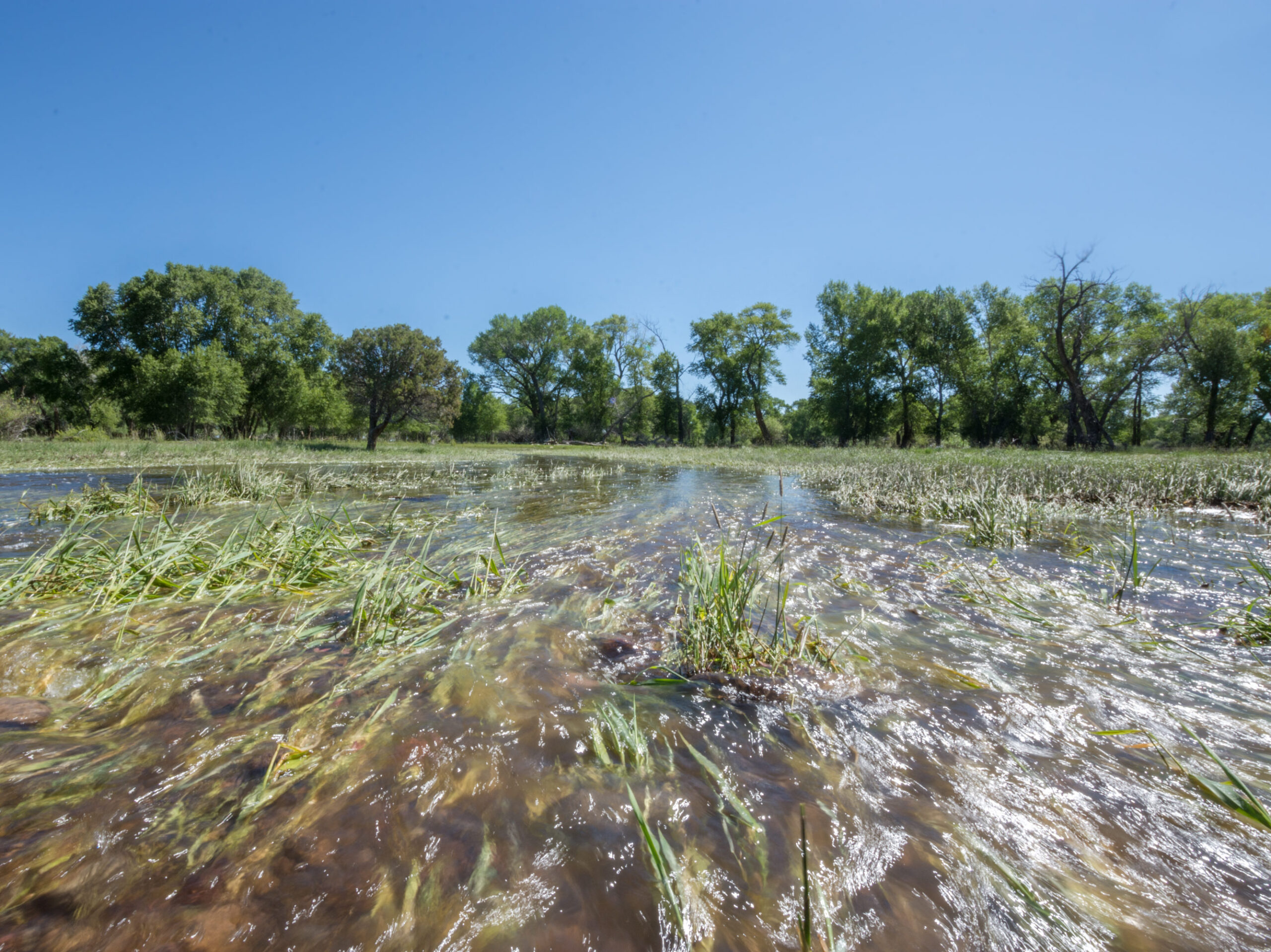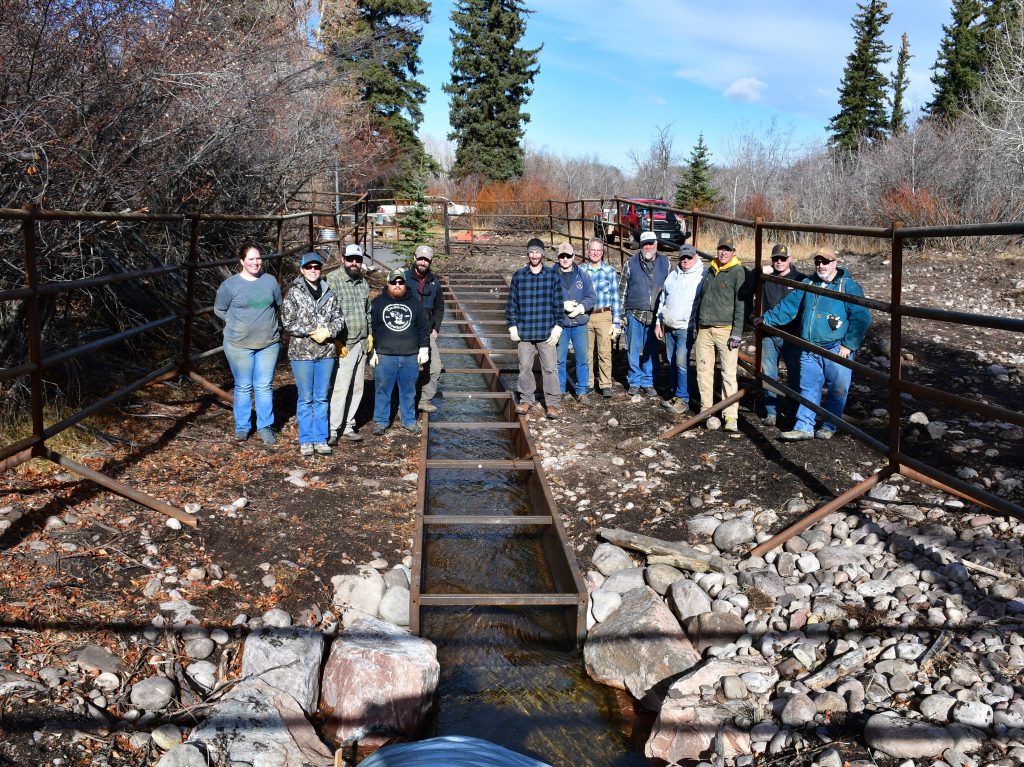-

·
SONEC: Dynamic Wetland Resources
The availability of surface water and wetland resources are highly dynamic in the western US. Until recently, broad-scale efforts to conserve wetland habitats for migratory birds have been unable to account for patterns of seasonal wetland dynamics that link the timing of wetland availability (i.e. flooding) to the chronology of bird migrations through landscapes. To…
-

·
Effects of Irrigation Efficiency Improvements at Multiple Scales
The Intermountain West is mostly publicly owned but approximately 70% of its emergent wetlands occur on private land. These privately-owned habitats are typically associated with irrigated agriculture on working ranches and farms in landscapes important to wildlife, native fish, and people. Webinar: Effects of Irrigation Efficiency Improvements at Multiple Scales
-

·
Intermountain Insights: Working Science for Working Landscapes
Agriculture and human settlement have long been tied to ecologically important wetland and riparian resources and the water they provide. For over one hundred years, this pattern has concentrated private land ownership in the West’s river bottoms and valleys, areas that are surrounded by publicly-owned sagebrush rangelands and forests. Those private lands account for only…
-

·
Intermountain Insights: Digging Deeper into Flood Irrigation
Western ranchers’ perspectives on enablers and constraints to flood irrigation (journal article) Flood irrigation on private rangelands maintains many wetland systems, which were historically dependent on natural flooding. It also sustains valuable wildlife resources such as foraging habitat for migrating and breeding waterbirds and late summer brood-rearing habitat for sage grouse. In the Intermountain West,…





